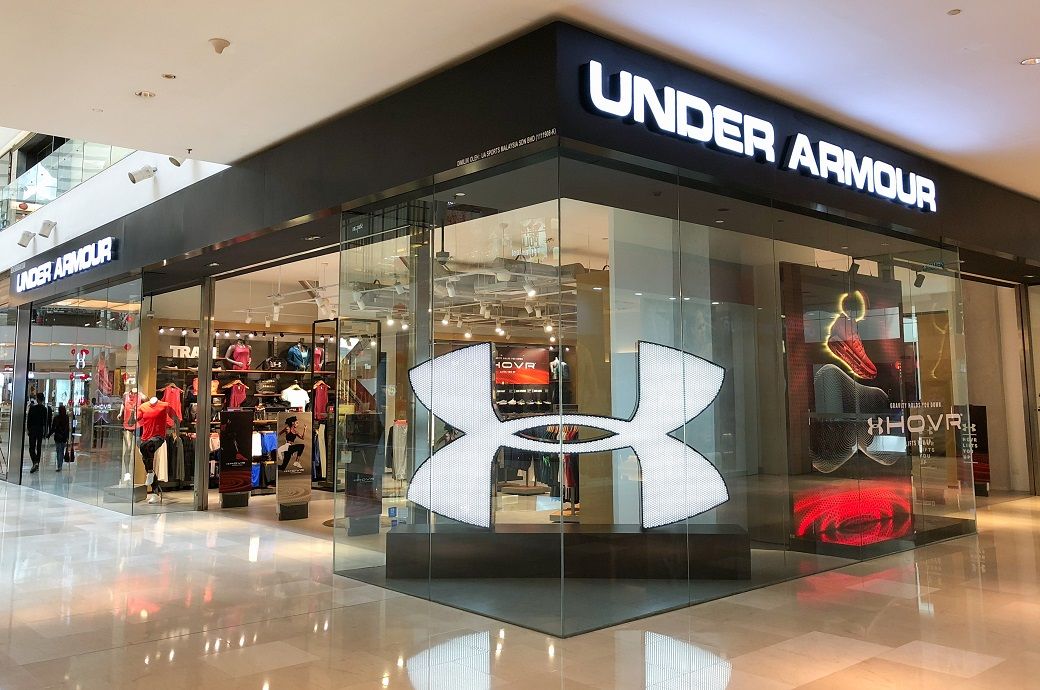
The gross margin is expected to increase 40 to 60 basis points (bps) compared to the previous fiscal, driven by a more favourable product mix, lower product and freight costs, and positive foreign exchange impacts. However, this increase is expected to be partially offset by a less favourable channel and regional mix and anticipated impacts from tariffs, Under Armour said in a press release.
Under Armour is expecting a 4–5 per cent revenue decline in FY26, driven by weak North America and Asia-Pacific markets, despite growth in EMEA.
SG&A expenses are projected to drop by 40 per cent, with modest operating income.
In FY25, revenue fell 9 per cent to $5.2 billion, and net loss stood at $201 million.
CEO Kevin Plank remains confident in the brand’s strategic reset.
The selling, general, and administrative (SG&A) expenses are expected to decrease approximately 40 per cent. The operating income is anticipated to be $5-15 million. Excluding projected restructuring charges and transformation expenses, the expected first quarter adjusted operating income is forecast to be between $20 million and $30 million. Diluted loss per share is expected to be $0.00 to $0.02 and adjusted diluted earnings per share to be $0.01 to $0.03.
“As we look towards fiscal 2026 amid a complex macroeconomic backdrop, our sharpened execution, alignment, and focus—bolstered by the move to a category-led operating model—equip us to navigate ongoing volatility with resilience. I am confident in the agility we’ve built over the past year, and we are raising our bar of excellence at Under Armour,” said Kevin Plank, president and chief executive officer (CEO) of Under Armour.
Meanwhile, for fiscal 2025 (FY25) ended March 31, Under Armour recorded revenue of $5.2 billion, a 9 per cent YoY decline, with North American revenue falling 11 per cent YoY to $3.1 billion and international revenue dropping 6 per cent YoY to $2.1 billion. The gross margin improved by 180 bps to 47.9 per cent.
Regionally, EMEA remained flat, while Asia-Pacific and Latin America declined 13 per cent and 6 per cent YoY, respectively. Wholesale revenue declined 8 per cent to $3 billion and direct-to-consumer (DTC) revenue dropped 11 per cent to $2.1 billion, including a 23 per cent fall in e-commerce sales due to reduced promotional activity.
Segment-wise, apparel revenue fell 9 per cent to $3.5 billion, footwear declined 13 per cent to $1.2 billion, while accessories rose 1 per cent to $411 million.
SG&A expenses rose 8 per cent YoY to $2.6 billion, but on an adjusted basis, expenses decreased 2 per cent to $2.3 billion. The company recorded $58 million in restructuring charges, leading to an operating loss of $185 million. Meanwhile, adjusted operating income stood at $198 million, while adjusted net income reached $135 million. The company ended the year with a net loss of $201 million and an adjusted diluted EPS of $0.31, compared to a reported diluted loss per share of $0.47.
Under Armour’s Q4 FY25 revenue fell 11 per cent YoY to $1.2 billion, with North America down 11 per cent to $689 million and international revenue down 13 per cent to $489 million. Its wholesale revenue fell 10 per cent to $768 million, and DTC revenue dropped 15 per cent to $386 million.
Owned and operated stores sales declined 6 per cent, while e-commerce plunged 27 per cent, making up 37 per cent of DTC revenue. Apparel revenue fell 11 per cent to $780 million, footwear dropped 17 per cent to $282 million, and accessories rose 2 per cent to $92 million.
“One year into our strategic reset, we are laying the groundwork for a more focused Under Armour. By elevating products and storytelling, tightening distribution, and refining our operating model, we are in the process of reigniting brand relevance and positioning the business for sustainable, profitable growth,” added Plank. “Our fourth quarter performance contributed to fiscal 2025 results that were better than the expectations we set a year ago and we are demonstrating traction in our efforts to reposition the brand.”
Fibre2Fashion News Desk (SG)


